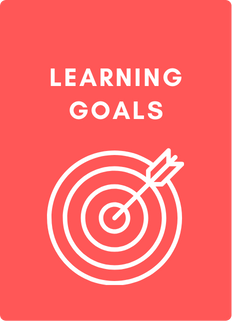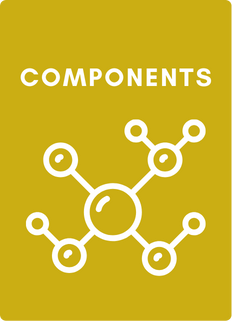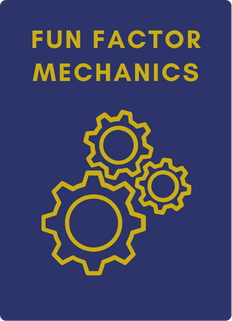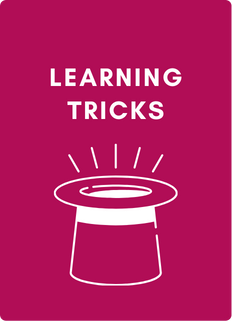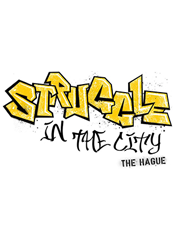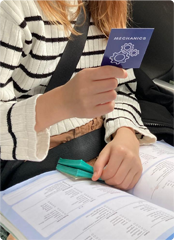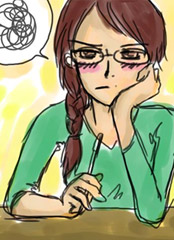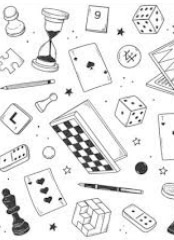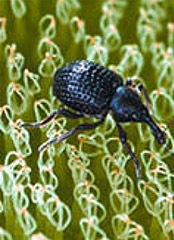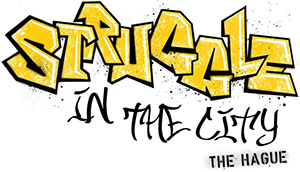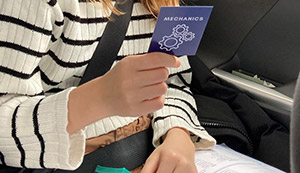
OBJECTIVE
To teach anyone the basics of game design, the power of designing games for learning, and the confidence that they can be awesome game designers in little time-provided they break free from their game histories, and explore new (surprising) combinations of game elements. You can use the card deck in whatever way you wish to make this happen. Here are a few suggestions to get you started.
CREATOR: I am Dr. Caroline Archambault, an Anthropologist and Assistant Professor of Development at Leiden University College in The Netherlands. I work on issues of social justice, social protection, and the production of knowledge with a regional focus on East Africa and the Netherlands. And I LOVE games.
I am Dr. Caroline Archambault, an Anthropologist and Assistant Professor of Development at Leiden University College in The Netherlands. I work on issues of social justice, social protection, and the production of knowledge with a regional focus on East Africa and the Netherlands. And I LOVE games.
LICENSE This is a Creative Commons license. Everyone is welcome to access, use it, and share it. It can not be used for commercial purposes. All rights of design, content, and copyright belong to Dr. Caroline Archambault, Leiden University (c.archambault@luc.leidenuniv.nl)
This is a Creative Commons license. Everyone is welcome to access, use it, and share it. It can not be used for commercial purposes. All rights of design, content, and copyright belong to Dr. Caroline Archambault, Leiden University (c.archambault@luc.leidenuniv.nl)
CREDITS
I would like to recognize and express my great appreciation to the following people who helped me bring the Game of Games to life:
- Leiden Teachers Academy for the financial support for this project.
- Willem Hanhart for training me in game design.
- Daniela van den Brink and Edde Jansen for helping me build the first prototype.
- Anne Kuijs and Jessica Meijer for helping me get it out there.
- My girls (Mika and Elli) and Laurens for your enthusiasm, awesome ideas, and patience.
- David Ehrhardt for your support and stellar work partnership.
Thank you so much!!!
THE ALPHABET
Pile Sorting:
Players are given the deck of mechanic cards and tasked with sorting them into categories:
- Any kind of category counts.
- Find a category for every mechanic.
- Make sure no mechanic is on its own.
Matching:
Using any of the decks (mechanics, settings, components, learning objectives, and tricks), try to match the elements with a real game.
Working in groups against other groups and enforcing a time limit can really help you learn this alphabet.
CONCEPT GENERATOR
Players are assigned/choose elements from the different decks, for example:
- 1 learning objective
- 1 setting
- 2 components
- 3 mechanics
- 1 learning trick
They are tasked with coming up with a unique game concept that must include (but is not limited to) all those elements. Players fill out the game concept form and their concepts are assessed.
Working in groups on the same conditions and adding a best concept wins adds excitement. Assessing by vote (not on your own) is also fun and insightful.
CONCEPT EVOLUTION
Players need to get used to the experience of receiving feedback on creative concepts and incorporating feedback into new design.
A quirky human trait of ours is to overvalue the things we build overselves. Getting critical feedback on our ideas is tough. Taking it in and really working with it is a skill most of us could work on. Here are two ways to make this easier and fun:
Sabotage: Take away and/or insert new elements into a players’/groups’ initial design.
Co-creation: Rotate designs to other players to build on and make improvements.
The Alphabet
Mechanics Matching
You will be the 1st to think of a real game that uses a given mechanic?
Mechanics Builder
Can you re-build the entire deck in under 3 minutes?
Pile Sorter
Can you design the best concept under these generated conditions?
Concept Generator
Concept Generator
Can you design the best concept under these generated conditions?
Concept Evolution
Coming Soon.
How to learn recognition, empathy, and out-reach
How to learn tough French words in the car
How to build confidence at the student bar
How to add drama to learning the traffic rules
How to better understand the readings
How to test your game concept
How to teach Kenyan school kids about biocontrol
How to find your research topic
How to set goals at the start of University
Don’t forget to submit your own play.
If you have any feedback or questions, please reach out to me at c.archambault@luc.leidenuniv.nl.
I appreciate your input!
